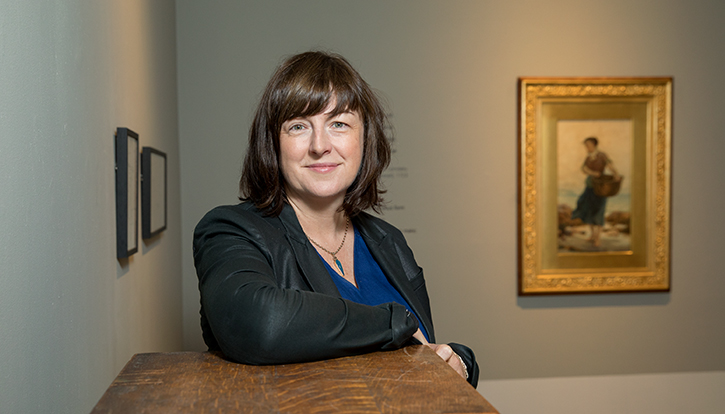

The latest critical entry is for 1975.įRANK, Frederick S. "Lewis, Matthew Gregory (1775-1818): British," The Gothic's Gothic: Study Aids to the Tradition of the Tale of Terror. Tales of Wonder contains pieces by Lewis, Scott, and Southey, but Tales of Terror offers "conclusive internal evidence that the author was not M. On the confusion of authorship over Tales of Terror and Tales of Wonder. In the inclination of the public appetite for extravagance which had been reawakened by a host of bad imitators of the Radcliffe school, we find a solution for the problem of the great success of 'The Monk.'ĬHURCH, Elizabeth. 151-178) asserts that morbid public taste accounts for "how Ambrosio came to be so universally tolerated. Chapter 6 of volume 1, "'The Monk'-Romantic Fiction" (pp. "'The Monk' was published in the summer of 1795"), still a valuable biographical source. London: Henry Colburn, 1839.Ī two-volume work presenting Lewis's unpublished writings, tales, verse, translations, and selected letters. with Many Pieces in Prose and Verse Never Before Published. Lewis, Author of"The Monk," 'Castle Spectre," etc. Entries are current to 1995 with some work appearing in 1996 also included.īARON-WILSON, Mrs. The exact or even approximate number of Monk plagiarisms, chapbook and bluebook condensations, and dramatic adaptations is a large one and could probably constitute a separate area of bibliographical inquiry.

Designed to be consulted sequentially, the bibliography conducts a census of contemporary and historical criticism appearing in books, monographs, scholarly journals, and doctoral dissertations, with the eleven individual sections containing complete and compendious data except for Section VII, "Eighteenth- and Nineteenth-Century Editions of The Monk " and Section IX, "Chapbooks, Shilling Shocker Condensations, and Plagiarized Abridgements of The Monk ," which are selectively compiled and annotated. By graphing shifts in critical taste and directing readers of The Monk to the prolific and expanding primary and secondary sources on the novel the bibliography confirms the values and pleasures of this key Gothic text. The accompanying bicentenary bibliography verifies this interest and is intended to serve as a critical backdrop for the essays. Today, stimulated by the renaissance in Gothic studies in general, interest in The Monk and the other Gothics of the 1790s has never been higher.


 0 kommentar(er)
0 kommentar(er)
